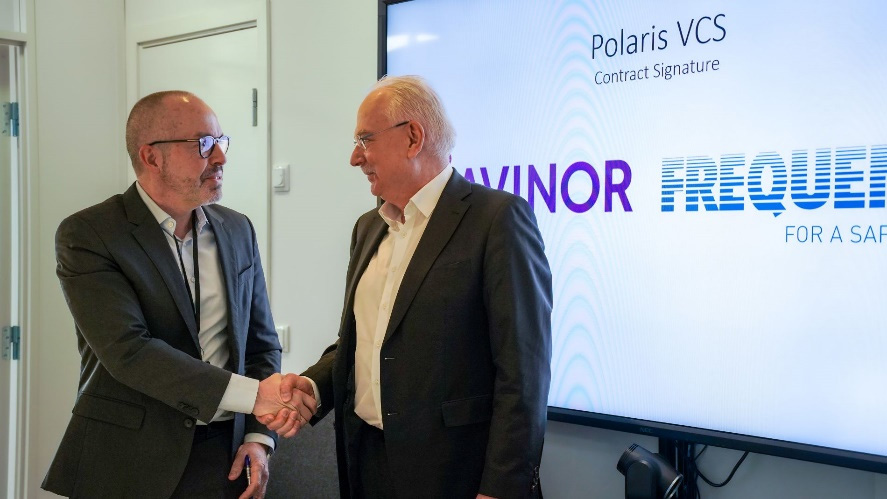In May, Norway’s air navigation service provider, Avinor, announced its decision to select Frequentis to provide its voice communication solution (X10 VCS) for the control centres in Royken, Stavanger and optionally Bodo, Norway. The solution builds on research and development undertaken in SESAR on virtual centres within the framework of SESAR 2020.
The technology provides a new voice communication suite that fully incorporates the European ATM Master Plan’s service orientation principles. The geographic decoupling of the voice services opens the door for the same voice infrastructure to be used from more than one air traffic service unit (ATSU), thereby increasing the flexibility in the allocation of voice frequencies to sectors/volumes of airspace. The service orientation principles enable new business models and contribute to the increased resilience of the ATM system.
“We find the architecture of the solution, and the possibilities relating to virtualisation, to be modern and future-oriented, contributing to ensuring an easier, safer, and more cost-efficient system management. We are more than happy to take advantage of the innovative solution which was developed and tested in support of the SESAR research projects,” stated Ellen Lystad, Director ANS Technology Development at Avinor.
“With our X10 VCS, we have developed an innovative solution for virtual centre operations, this changes the way the airspace will be operated in the future. Our research within the SESAR programme contributed significantly to this development, which opens the door for the implementation of virtualised airspace operation concepts,” says Hannu Juurakko, Frequentis Executive Vice President ATM Civil and Chairman of the ATM Executive Board.
Frequentis X10 is a fully software-based and ATM-grade IT VCS, suited for both virtualised and conventional airspace. It provides the resilience and cyber security required of a system built for safety-critical ATM, with multilevel redundancy, as well as the ability to adapt capacity depending on demand.
The technology builds on functionalities which have been developed within the framework of the virtual centre triangle architecture concept developed by SESAR. The SESAR 2020 solutions have the potential to contribute to the defragmentation European skies through the different use cases. The solutions progressed on the maturity of the architectural and operational aspects of the delegation, including the ATC and ATFCM aspects. Air navigation service providers (ANSPs) have hosted processing infrastructure remotely for decades, supported by fully redundant networks, to add flexibility. The virtual centre triangle architecture goes a step further, by creating decentralised services that can be used by more than one ATSU. The solution brings versatility in the delivery of air traffic services and supports service continuity in contingency situations. Virtual centres also promise more cost-effective service provision for airspace users since they enable ANSPs to better share resources thereby reduce capital expenditure.
More about the implementation

